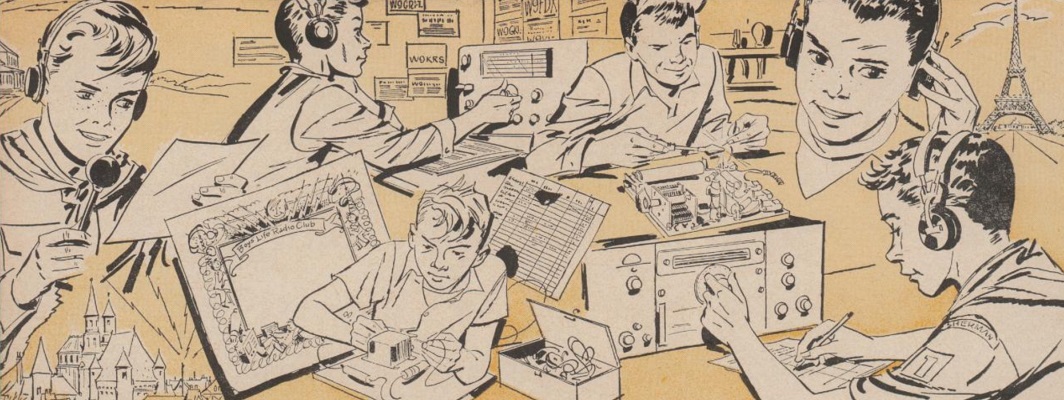By Nick McClellan
Staff writer
http://www.visaliatimesdelta.com/apps/pbcs.dll/article?AID=/20070811/NEWS01/708110360
Visalians driving south on Court Street just north of Caldwell Avenue may notice two skeletal misfits between the trees and houses on Oak View Drive.
But don’t mind them — they are there so a father can talk to his son deployed overseas with the Marines.
Or at least that’s what will happen after some further modifications.
Dan Woolman, who lives at 111 W. Oak View Drive and owns the 60-foot and 35-foot towers, first flipped the switch on ham radio at the age of 13. Now at 55, Woolman has resurrected his past enthusiasm for amateur radio in his retirement by investing more than $100,000 in top-of-the-line equipment and antennas.
“If there’s one thing I enjoy, it’s ham radio,” said Woolman, whose call sign on the airwaves is W6ATR. “It’s been a lifelong avocation for me.”
Woolman is also involved in the Navy-Marine Corps Military Affiliate Radio System program, which sends messages to service men and women overseas.
He hopes that once he has placed an 80-meter antenna onto his larger tower he will on occasion be able to speak to his 18-year-old son Brett, who has recently completed his fifth week of training with the Marines.
“I’m pretty proud of my son,” Woolman said. “He’s quite a kid.”
Woolman also wants to use the setup to help other families communicate with their loved ones who are in the military and overseas. That communication is usually through computer messages, called MARSGRAMS.
New technology has largely diminished the useful role ham radio once played in keeping military personnel in touch with their families back home.
“It has slowed down now with the advent of cellular telephones,” said Wilbert Musselman, a fellow ham radio user in Goldsboro, N.C., who chats with Woolman on air. “But it’s still active and [we’re] doing a lot of computer correspondence now.”
Woolman’s friend Mike Meraz of Visalia advised him in the building of the towers.
One of the more difficult tasks, Meraz said, included the piecing together of each of the antenna elements on the ground and delicately placing and balancing them onto the boom, which is suspended in the air.
Though Woolman elicited some attention from the city of Visalia over the structural integrity of the towers, Meraz said the cement has been stress-pressured. Aside from tightening bolts to the boom that may become loosened by torque from the rotating antenna, the structures are sound, he said.
“If he wants to, he can drop [the towers] all the way down, and it can clear
the roof,” Meraz said, which Woolman does do when high winds risk toppling the towers.
Woolman added that the towers are designed to withstand 70-mph winds, which are not frequent in the Valley. Woolman said the 80-meter antenna, will enable contact with his son and further participation with the military radio program. It operates at low voltage so it will not interfere with any of the neighbors’ electronics.
He said he offers filters to anyone who tells him they suspect the signals are responsible for interference.
Meraz, who will help him place the antenna on the 60-foot tower, said the two plan to install it this month.
As far as the reception on the airwaves to Woolman’s high-end hardware?
“By golly you have a good signal,” said one broadcaster.
# The reporter can be reached at nmcclell@visalia.gannett.com
